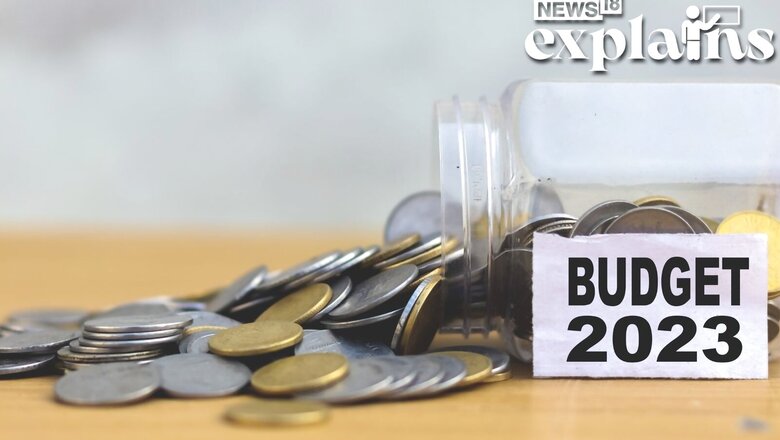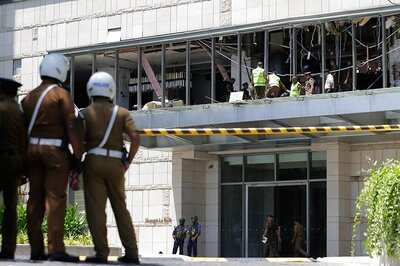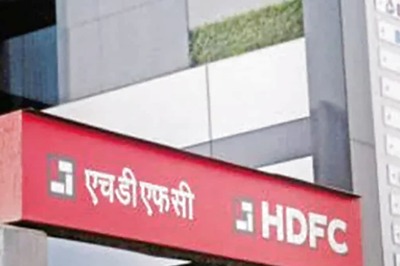
88
views
views
Union Budget 2023: Want to know what terms like revenue expenditure, capital expenditure are? Explained here at News18.com
- The Union Budget of a year, commonly known as the annual financial statement, is a declaration of the estimated receipts and expenditures of the government for that specific year, as per Article 112 of the Indian Constitution.
- The government’s financial records are kept by the Union Budget for the fiscal year, which runs from 1 April to 31 March. Revenue Budget and Capital Budget are two categories for the Union Budget.
- The government’s revenue budget reflects both its revenue inflows and expenditures. Tax income and non-tax revenue are the two types of revenue receipts.
- Revenue expenditures are the costs associated with maintaining the government’s operations and providing residents with a range of services. The government runs a revenue deficit if revenue outlays outpace revenue inflows.
- Government capital payments and receipts are included in the capital budget. The majority of the government’s capital receipts come from loans from the public, other governments, and the RBI.
- The development of machinery, equipment, buildings, healthcare facilities, educational facilities, etc. is referred to as capital expenditure.
- When the government’s entire spending exceeds its total receipts, a fiscal deficit results.
Other Key Terms:
- Capital receipts are payments made to the government that increase liabilities or decrease financial assets.
- It includes borrowings from commercial banks, the Reserve Bank of India, and other financial organisations.
- Along with loans from foreign governments and international organisations, it also includes repayment of debts that the Union government has provided.
- Capital expenditures are expenditures made by the government that lead to the creation of tangible or monetary assets for the Union Government or a reduction in its financial liabilities.
- It includes money spent on buying shares, infrastructure, equipment, and land.
- Additionally, it comprises loans made by the Union government to states, union territories, and PSUs.
- Revenue Receipt: The receipts received that the government is unable to recoup
- It includes money that the government has accrued from both tax- and non-tax-related sources, such as interest and investment dividends.
- Revenue Expenditure: Costs incurred by the Union Government that are not related to the production of tangible or monetary assets
- It covers costs expended for the routine operation of government agencies, grants given to state governments, and interest payments on the Union Government’s debt, among other things.
- Taxes that are levied against people and businesses directly
- Income tax and corporate tax are included.
- Corporation tax is the tax on profits of companies
Taxes levied on products and services
Service tax, excise tax, and customs duties are included in it.
Read all the Latest Explainers here


















Comments
0 comment